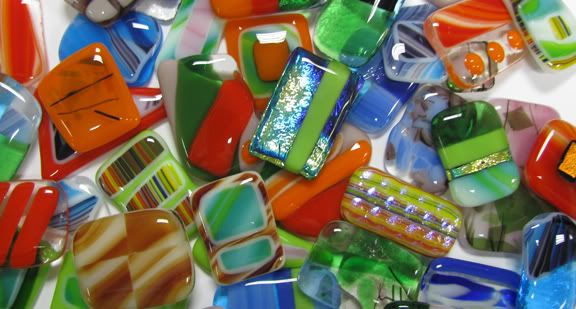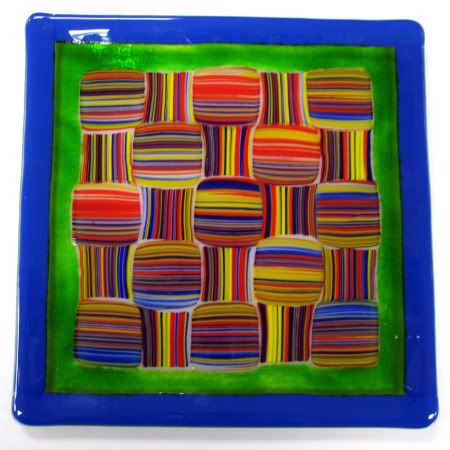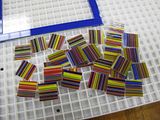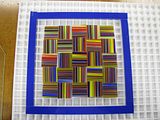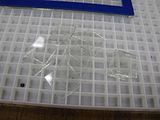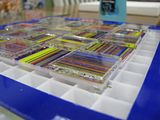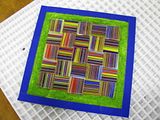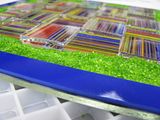
Project M.A.P.U.O.G.D.E.C.
(Make A Piece Using One Glass Design Element Challenge)
Every so often I see something that inspires me to do something wacky, which in the end I hope inspires you to do something fun and creative. The source of inspiration in this case was an email I received with a picture of a high heel shoe made of glass. I'm not sure exactly how it turned into a challenge, but here we are.
Step 1 Get Participants
Again, my co-workers Crista and Kristin agreed to play, so we had three including myself.
Step 2 The Rule
There is only one simple rule, make an art piece using one glass design element on top of a glass blank. We decided to make footwear because of the inspiring email. For glass elements we chose between Buffalo Chips, Frit, and Rods. After an intense game of paper-rock-scissors, the participants had their assigned design elements.
Step 3 Create!
The following pics are the result of our creative session.
Frit Sandals:
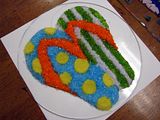
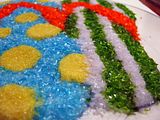
Rod Frankenboot:
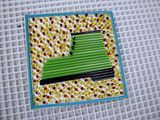
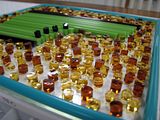
Buffalo Chips Galosh:
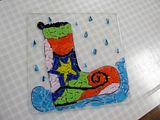

Step 4 Contour Fuse the Pieces
Step 5 Enjoy the fruits of your labor!
The finished pieces:
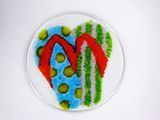
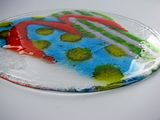
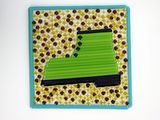
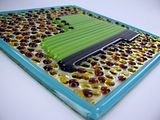

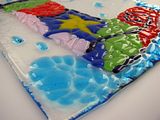
This was a very fun project and didn't take very long to complete. There were a couple other versions of this challenge that were came up with before we settled on using only one design element.
Idea 1: Just like the Great Glass Pendant Challenge, use scrap glass to create the footwear. We chose against this because we wanted to do something a little different this time.
Idea 2: Each participant creates an article of clothing (shoes, shorts/pants, shirt, hat) out of scrap glass. After firing, use bails and wire to assemble and then hang it on a wall. Or, use high temp wire to connect the separate pieces during firing. Essentially, you make a whole person. This could be a good way for studio employees to become more familiar with warm glass, while making a cool sample to hang on your studio wall or in your front window. Remember, samples sell!
Enjoy!
BONUS: Match the participant (Chris, Crista and Kristin) with the glass piece they created and win $20 in Bisque Bucks, which is redeemable in product at www.bisqueimports.com! The first person to email the correct answer to warmglassguy@gmail.com wins!
UPDATE: The $20 in Bisque Bucks has been claimed by Shea at Glazy Dazy. The correct answer is Chris made the Frankenboot, Crista made the Galosh, and Kristin made the Sandals. Thank you to everyone that sent in answers.
